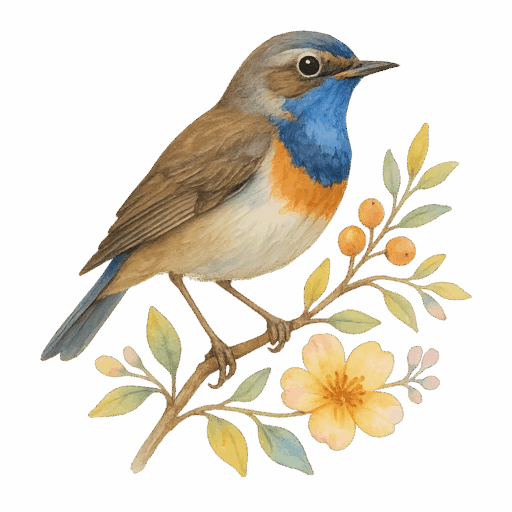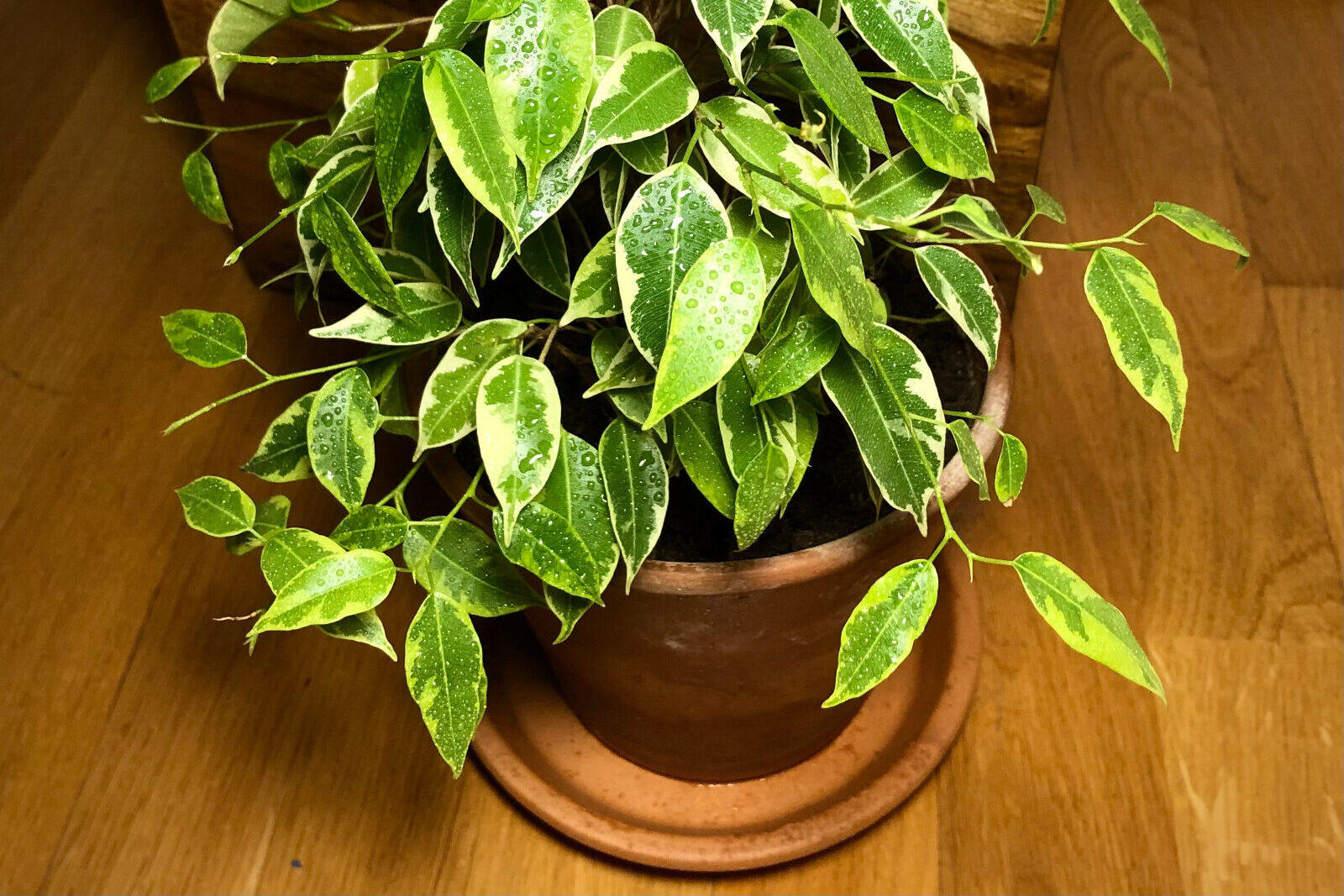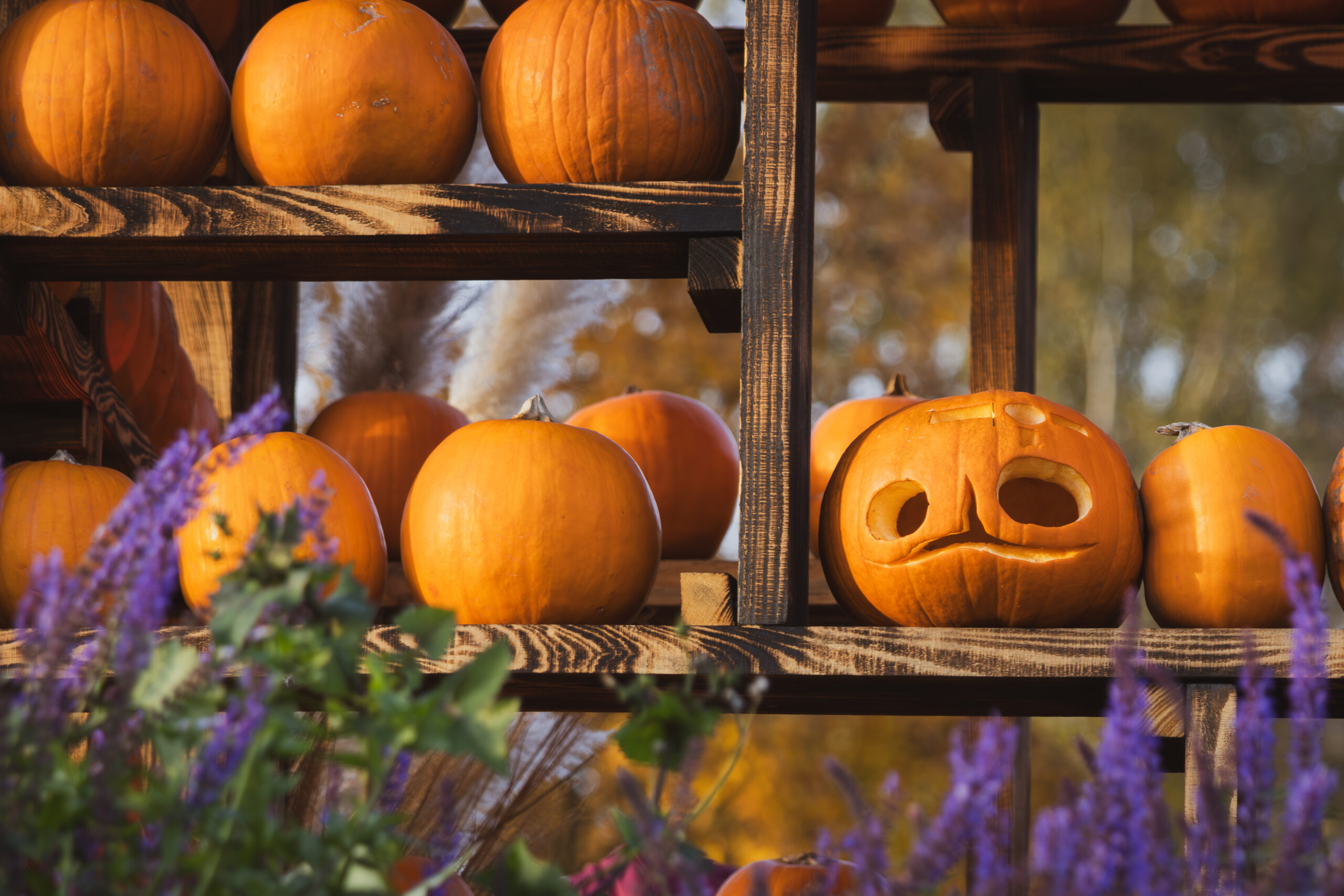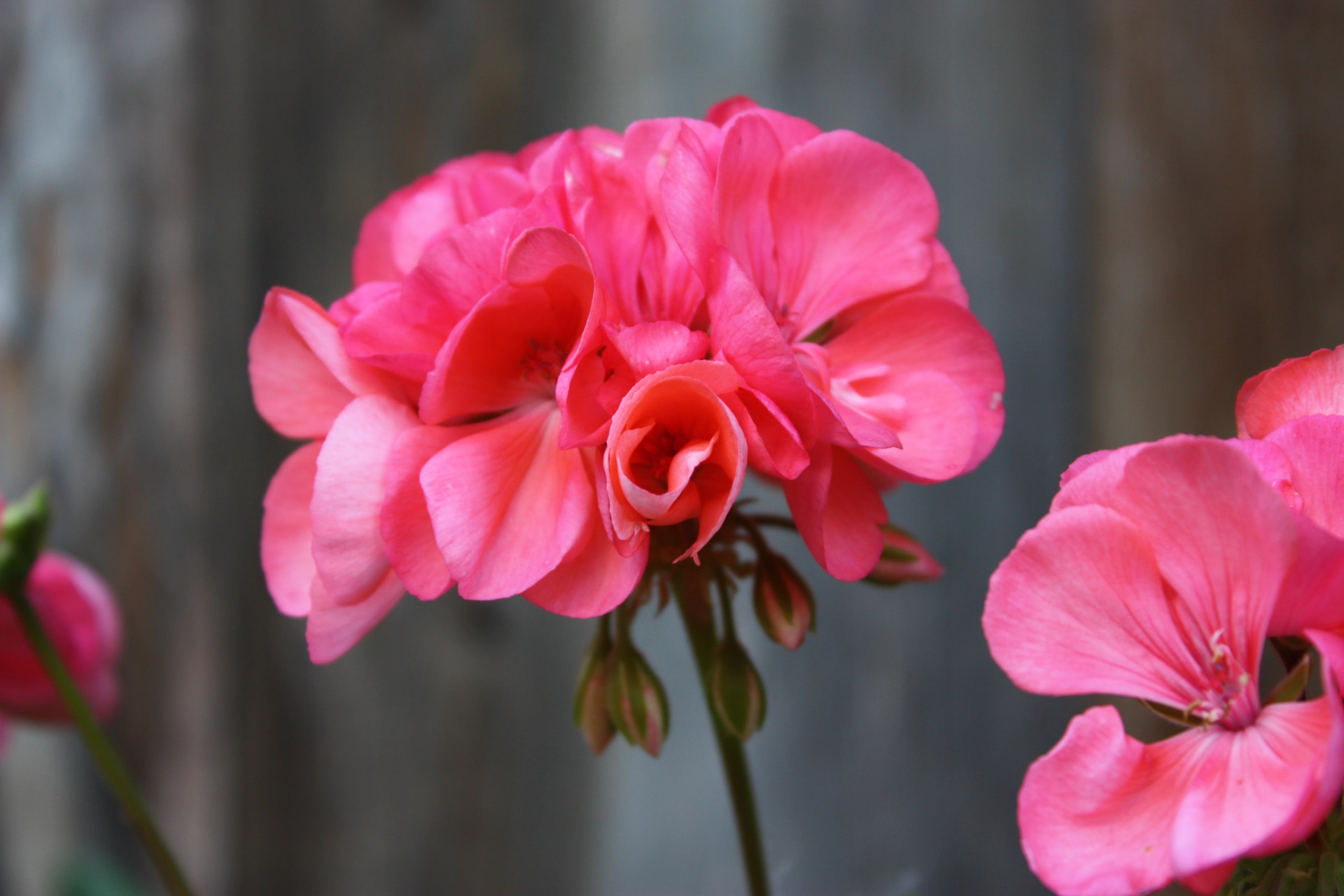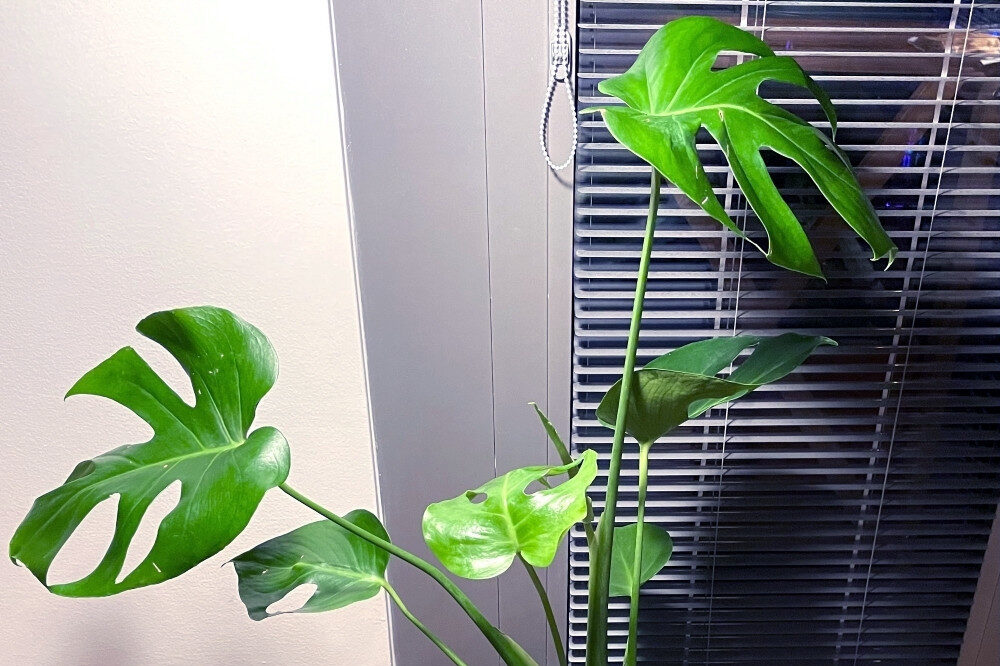
I was given a plant! What now? Should I repot it?
For Valentine’s Day, I was given a houseplant! Monstera deliciosa. That means my other half knows me well. I also understand it as a wink that the number of plants in our home is still tolerated, therefore it can get higher… Have you become a plant parent? Have you been gifted a plant? If only there was someone who would guide you in your first days with the green treat. Today is your lucky day. I’m here with five easy steps to make sure your plant stays looking deliciosa. 😉
1. Welcome home! Let me look in your mouth
I euphorically unboxed the new addition to my plant family, engulfed in happiness from a perfect gift. But what should I do next with the plant? A wise man once said: Don’t look a gift horse in the mouth. That however doesn’t apply to the situation when you’re given a plant. Searching for flaws was the last thing I would think about. Actually, when you get a plant, it’s the first thing to do. You HAVE TO check your plant ASAP, and you have to be strict (for your own and your other plants’ good). By doing that, you prevent problems with your new plant and also your other plants. I’m talking here especially houseplant pests or diseases preventive measures. Focus on the following:
- The Soil. Is it spilled out in the packaging material it came in? Get it back to the pot. Is it dry? Does it look like the seller watered it recently? How does it smell? Look at the surface of the soil – do you see any rotting leaves, or mold? Is something moving there? Note that small white granules in the soil should be ok – it’s called perlite and makes the substrate more airy.
- The Pot. When you buy a plant, it’s usually in a plastic “nursery pot” from growing in a supplier’s greenhouse. This is the time to clean it. Look down at the bottom of it, there should be unobstructed holes without roots excessively sticking out. Anything rotten and mushy? Anything living there except the plant?
- The Leaves. Are some of them wrinkly, droopy, yellowing or brown? Any white or silvery spots? Are there holes as if something was eating them? Any cobwebs? Inspect the undersides and the base of the leaves properly. Are the leaves dusty? Sometimes the whitish spots (almost like dry paint splashes) on top of the leaves are just fertilizer residues; these are easy to clean with a wet towel.
2. Safety (and coffee) first
With anything you do, your first priority is safety; your own, your family, pets. Gardening and plant care are no exceptions. Keep in mind that many tropical plants (which happen to be our houseplants the most often) are poisonous or may cause skin irritations. Coffee? Enjoy your coffee only after you finish your planting and wash your hands.
The second priority is health of your plants that are already in your home. Clean the leaves of your new plant baby, place it on a saucer or in a decorative pot. To be sure there won’t be anything crawling out of it without you knowing, put sticky traps in the soil. Quarantine your gift from your other plants for at least a few weeks.
Your third priority is welfare of your new plant. Continuously monitor the plant to be sure no pests appear, and talk to it asking “How’s it growing”. ;o) The fact is, your plant might be a bit stressed out due to change of environment. Leaving it just be in a dark drafty hallway would be a bad choice.
3. Welcome drink? Should I water it?
My new monstera was properly watered when I got it. The soil appeared and felt moist, the planter was somewhat heavy. If I left it like this in a dark room without light, root rot would only be a matter of time. Not to say giving it more water now.
So I only cleaned the leaves and the planter, then placed it in a bright indirect light further from my other plants. Gently wiped the leaves with a damp cloth. You can also rinse them with water, be sure not to overwater the plant in the process. Afterwards, if you want to be super careful, spray your new plant with a natural insecticide (e.g. neem oil solution: water, neem oil, drop of liquid soap).
Most importantly, feel the soil. If the top of it is not dry, keep your watering can away for now. Then check it again in a week or so. In my plant shopping experience, plants are usually watered well (but you never know until you feel it, right?).
The general watering rules:
- Water only when the top layer of the soil feels dry to your finger.
- The pot should have drainage holes for leaving excess water out.
- Don’t let your plant sit in a pool of water in the saucer for too long.
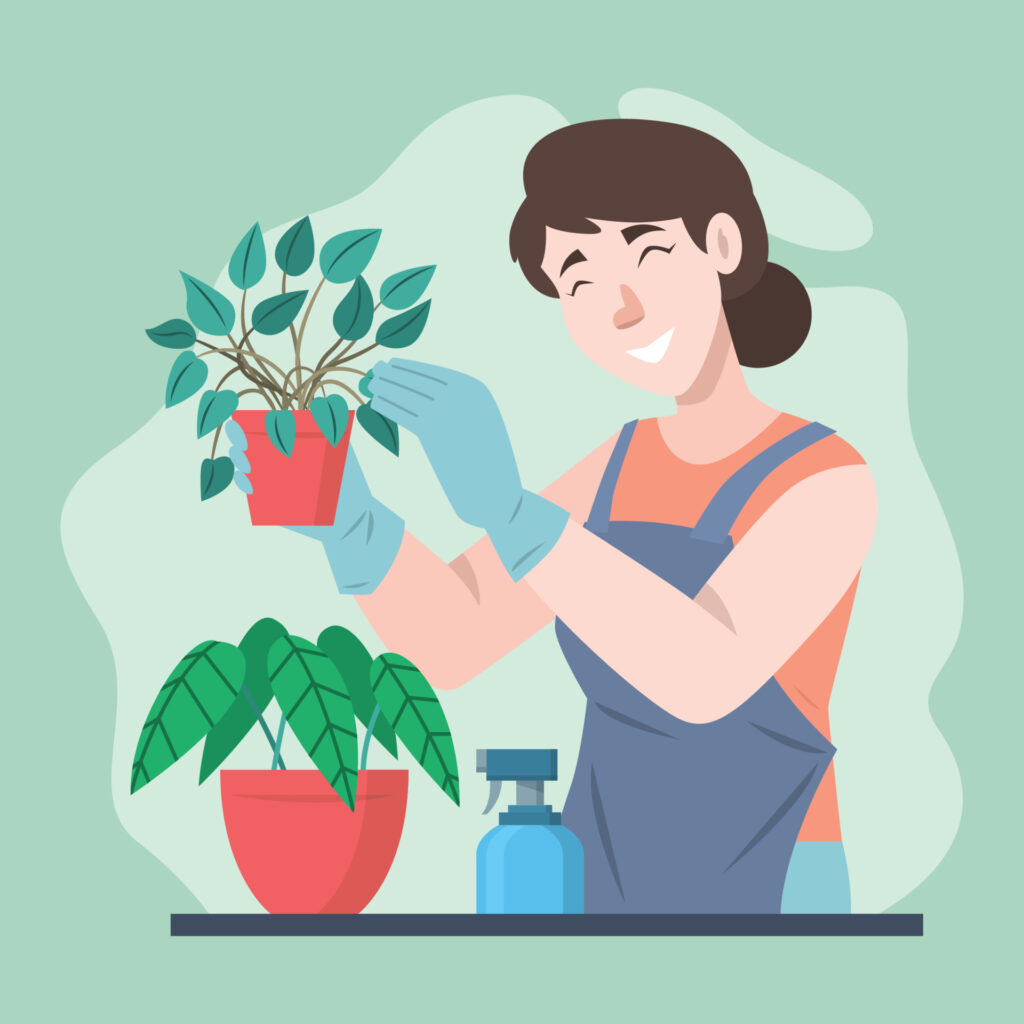
4. To repot, or not to repot
Oh yeah, a plant can breathe it’s last as a result of too much love. And quite easily. Often your excessive care is a higher risk than one forgotten watering. Repotting is another stress factor (messing up with delicate root system, changing soil, different fertilizer in it). So unless you see a reason, there’s no need to repot. Especially if your new to plant care.
If you’re willing to take the risk and transplant your plant, you’d better do it now, right after you got your plant. Yes, you extend the stress period for the plant. But once it recovers and gets used to the new environment, it should only thrive (given the proper care of course). This might be a better approach than repotting it after four months for no reason. Theoretically, the plant does not need to be transplanted for a year after the purchase – unless there is a reason to do so.
When to repot your newly acquired indoor plant?
- I know what I’m doing. You’re an experienced plant parent. Physiology of various types of house plants is no news to you (e.g. calathea’s root system is very tender and delicate, ficus is sensitive to almost every change). It’s up to you. You may have this habit of repotting every new plant to a clean pot with fresh custom mixed soil. Maybe you’re confident that this particular plant thrives in terracotta pot.
- The plant already has an issue. That may happen. You find out that they sold you a rotting plant. Trying to save it might be an option. In another situation you discover pests on your plant, so you transplant it in fresh soil. None of those issues are of course your fault, so don’t hesitate to contact the plant shop or garden center with a customer’s complaint.
- Your plant needs bigger pot. What if the plant is rootbound with its dense roots sticking out the drainage holes? Then it needs to be up-potted. Sometimes there’s almost no soil left in the pot, either spilled out or the space is taken over by vigorous roots. In all these cases repotting is advisable.
5. Knowledge is power
What are the requirements for a plant to grow? All plants need air, light, warmth, water and nutrients in order to be healthy. Some of these conditions varies by individual plant species. This also depends on the season or geographical location. The exact care requirements will vary from one type of a houseplant to another.
Tropical plants, creatures of the plant kingdom, originally from around the world now placed in tiny vessels find the conditions of our homes very artificial. If we want them to thrive, we have to mimic the conditions of their homeland. Where do I find out about my plant’s name, about its origin, how to take care of it properly?
- The original nursery pot. Packaging of your new green treat should tell you the basic needs of the plant, such as light, watering and fertilizing; at least in the form of pictograms. The plant tag should also show the name of the plant (ideally genus and species).
- The seller. You can always ask right in the plant or flower shop where you buy the plant. Alternatively check their website/online shop. Ask away or don’t be afraid to contact them later.
It was my first ever bonsai, I was proud of it. Purchased at a garden center. I decided to contact the shop afterwards questioning the name of the plant, since there was no plant tag, no name on the planter. The bonsai became a mystery to me. I was so fond of this cute little magical tree in a blue glossy finished bonsai planter.
I felt a bit like a geisha with it in the living room. :o) What type of plant is it? Is it rare? Then after two days there came the answer from the garden center, it was from the director: “You have a Ligustrum vulgare (Common Privet)”. As the name suggests, this plant was basically a super common shrub. 🙂
- Internet. Do your research, google it. Finding info about plants is so easy nowadays, the number of sources is immense. Whether we speak about houseplant and gardening blogs, websites, internet forums or social media. Or my website. ;o)
- Books about houseplants. You can choose from so many beautiful and quality books. Would you prefer books about the most favorite house plants? Or would you rather have a monograph book focusing just on orchids? No problem.
- Your wise relatives and friends. This source of plant information is here without a doubt, don’t you think? Passionate plant lovers’ discussion in real life is the best. Better than a thousand words on the internet forum. My source of knowledge and inspiration (not only about plants) is my mom.
You may be new to plants, but worry not (I kid you not). You’ll see that plants of the same genus, like ficus or monstera, have very similar needs. You’ll find out that it’s better to be a laid-back plant grower and that sometimes the best you can do is let the plants do their plant thing for a while. Love them, but not too much. Bear in mind that a new leaf emerging overnight is a non-existent leaf. Just be patient. You know, time passes a little differently for plants.
Happy Valentine’s Day to you and your plants!
-Miss Amaryllis-

How do you make your plants feel at home? 🪴💚✨
